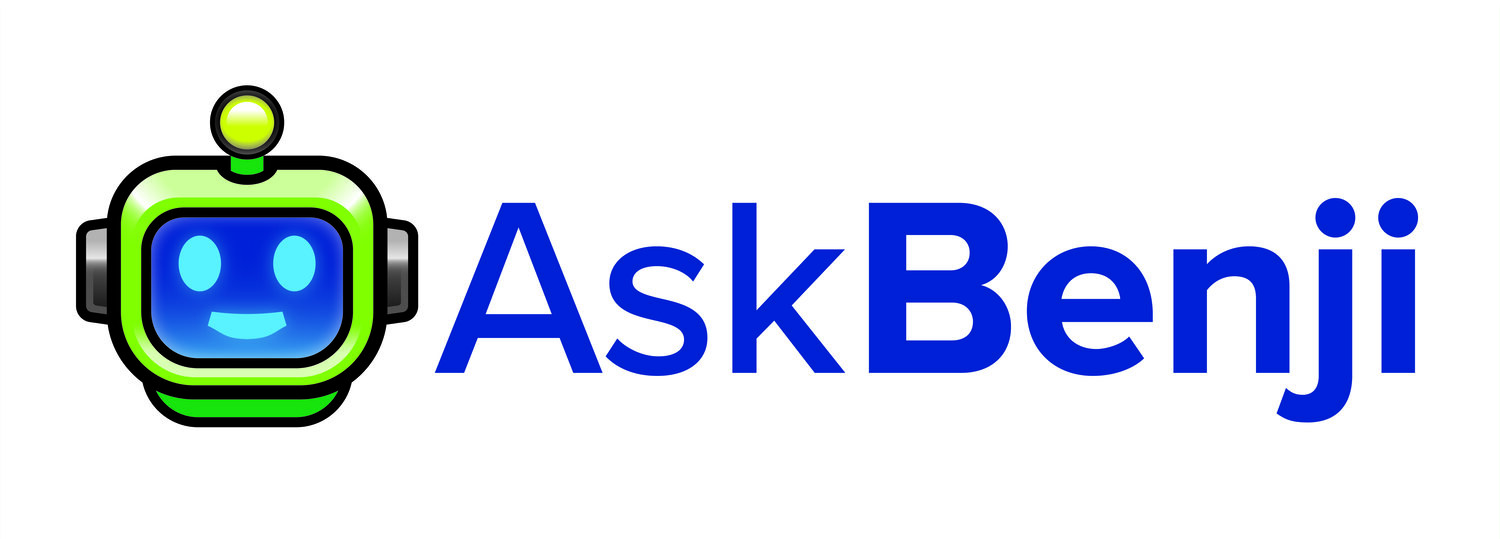
Paying for College
An important part of planning for college is figuring out how to pay for it.
To help you navigate the financial aspect of college, here are some ideas and resources.
Fill Out the FAFSA
In Arizona, students secure an average of almost $10,000 per year in federal financial aid just by completing the Free Application for Federal Student Aid (FAFSA).
Complete your FAFSA as early as possible. The new Better FAFSA 2024-25 Form opens by Dec. 31st for the next school year (class of 2024). It will make it possible for you to receive federal Pell Grants, lower-interest federal loans, work-study opportunities, and scholarships that require a FAFSA on file.
What You’ll Need
Create an FSA ID (username and password for the FAFSA site): The student AND one or both parents will each create their own FSA IDs using unique email accounts.
Students, please don’t use a limited-access email like a high school email account.
The FSA ID is your key to access and submit the FAFSA form as you journey through your college, university, or vocational program.
Social Security Numbers (SSN) for the student and parent(s):
If parents don’t have an SSN, a new process is being developed for the new Better FAFSA starting in late Dec. 2023. This process is new as of Dec. 2023 (link to information).
Tax information: Your family’s tax information two years prior to the FAFSA year (e.g., 2022 federal tax return for the 2024-25 FAFSA) and other financial records. See the full list.
In the new Better FAFSA 2024-25 form, the tax information will be more easily imported/retrieved.
Parent contributor information: If you are unsure who qualifies as a parent(s), take a look at our link of who a parent contributor would be to the student’s FAFSA form.
FAFSA Help
Ask Benji
Text “Hi Benji” to 602-786-8171 for 24/7 help filling out your FAFSA
Scholarships
Scholarships come in many forms. Some are based on financial need while others are given based on academic merit or more specific criteria. Look for scholarships that could apply to you based on your special interests, athletics, community service and identity.
Learn more
Loans
Student loans can also help you pay for college, though they do need to be repaid (with interest). When used smartly, loans are an investment that can pay off.
Completing the FAFSA will unlock many loan opportunities. Before accepting any loans, know what you’re getting into. Get to know the difference between Federal and private loans, understand the repayment requirements and check whether loan forgiveness or deferment would ever be an option.
Grants
Grants are also known as gift aid as they don’t need to be repaid, as long as you meet the terms of the grant award. Grants typically are based on a financial need (based on information from a student’s FAFSA). The federal government offers the Pell grant along with other grants. Some colleges and private organizations may also offer grants.
Learn More: Federal Grants
Work-study
Work-study programs give students an opportunity to earn money toward college expenses. Jobs are part-time and can be on- or off-campus.
Learn More: Work-study
Comparing the Cost of Schools
You can compare the average annual cost to attend certain schools based on the average financial aid provided to in-state students using the College Scorecard.
Free College Tuition for Low-Income Students
Some colleges offer a “full ride,” or free tuition, for students from low-income families making less than a certain amount (typically $60,000 or $65,000). For example, Northern Arizona University offers free tuition for those with household income of $65,000 or below.
The state of Arizona offers a similar program that provides full tuition coverage for students that are eligible for the Pell grant (and meet other requirements). Arizona Promise Program | Arizona Board of Regents (azregents.edu)


